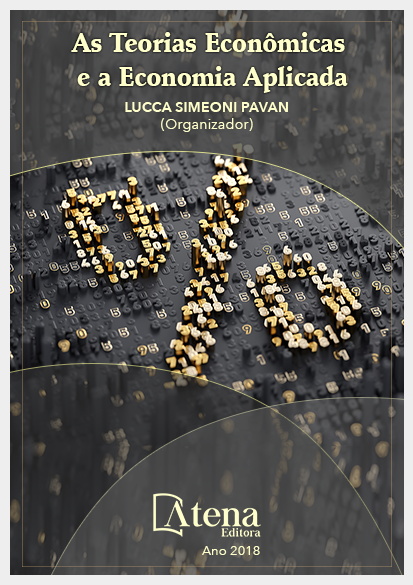
O INDICADOR DE DESENVOLVIMENTO REGIONAL SUSTENTÁVEL DO ESTADO DE SANTA CATARINA
Os indicadores de sustentabilidade
fornecem elementos que facilitam a avaliação
do progresso das regiões em sintonia
com um ecossistema sustentável. Dessa
forma, o presente trabalho visou analisar o
Desenvolvimento Regional Sustentável do
Estado de Santa Catarina, a partir da elaboração
do Indicador de Desenvolvimento Sustentável
(IDRS), que incorpora variáveis econômicas,
sociais, ambientais e de diversidade cultural.
No indicador econômico parcial foi possível
identificar que as principais variáveis que
impactaram no indicador parcial econômico
foram: a queda/elevação no índice do PIB per
capita, valor adicionado, cota-parte do fundo de
participação municipal e vitalidade da economia.
O indicador parcial social foi influenciado
pelas participação da população rural, taxa de
frequência escolar, despesas com assistência,
previdência, educação e cultura, IDHM, queda
da taxa de mortalidade infantil e baixo consumo
de energia elétrica residencial. O Indicador
Ambiental, por sua vez, foi afetado pelo baixo
percentual de produção da silvicultura, índice
de estabelecimentos agropecuários com área
de mata natural e artificial e baixo percentual
de área verde por habitante, e, o indicador de
diversidade cultural foi afetado, principalmente
pelas despesas com Educação e Cultura. Dessa
forma, o IDRS de Santa Catarina depende da
melhora no desempenho desses indicadores,
representando um avanço na qualidade de vida
da população, bem como no capital humano do
Estado. Assim, os resultados dos indicadores
de sustentabilidade permitem também o
fornecimento otimizado de instrumentos para
a elaboração de políticas públicas e ações em
prol do desenvolvimento sustentável em escala
municipal.
O INDICADOR DE DESENVOLVIMENTO REGIONAL SUSTENTÁVEL DO ESTADO DE SANTA CATARINA
-
DOI: Atena
-
Palavras-chave: Sustentabilidade, Indicador de Desenvolvimento Regional Sustentável; Desenvolvimento Regional, Estado de Santa Catarina.
-
Keywords: Sustainability, Indicator of Sustainable Regional Development; Regional Development, State of Santa Catarina.
-
Abstract:
Sustainability indicators provide
elements that facilitate the assessment of the
progress of the regions in line with a sustainable ecosystem. Thus, the present work
aimed to analyze the Sustainable Regional Development of the State of Santa Catarina,
based on the elaboration of the Sustainable Development Indicator (IDRS), which
incorporates economic, social, environmental and cultural diversity variables. In the
partial economic indicator, it was possible to identify that the main variables that had an
impact on the partial economic indicator were: the fall / increase in the per capita GDP
index, added value, share of the municipal participation fund and economic vitality.
The social partial indicator was influenced by the participation of the rural population,
attendance rate, attendance expenses, welfare, education and culture, IDHM, drop in
infant mortality rate and low consumption of residential electricity. The Environmental
Indicator, in turn, was affected by the low percentage of silviculture production, index of
agricultural establishments with natural and artificial forest area and low percent of green
area per inhabitant, and the indicator of cultural diversity was affected, mainly by the
education and culture. Thus, the IDRS of Santa Catarina depends on the improvement
in the performance of these indicators, representing an advance in the quality of life
of the population, as well as in the human capital of the State. Thus, the results of the
sustainability indicators also allow for the optimum provision of instruments for the
elaboration of public policies and actions for the sustainable development in municipal
scale.
-
Número de páginas: 15
- Tatiani Sobrinho Del Bianco


